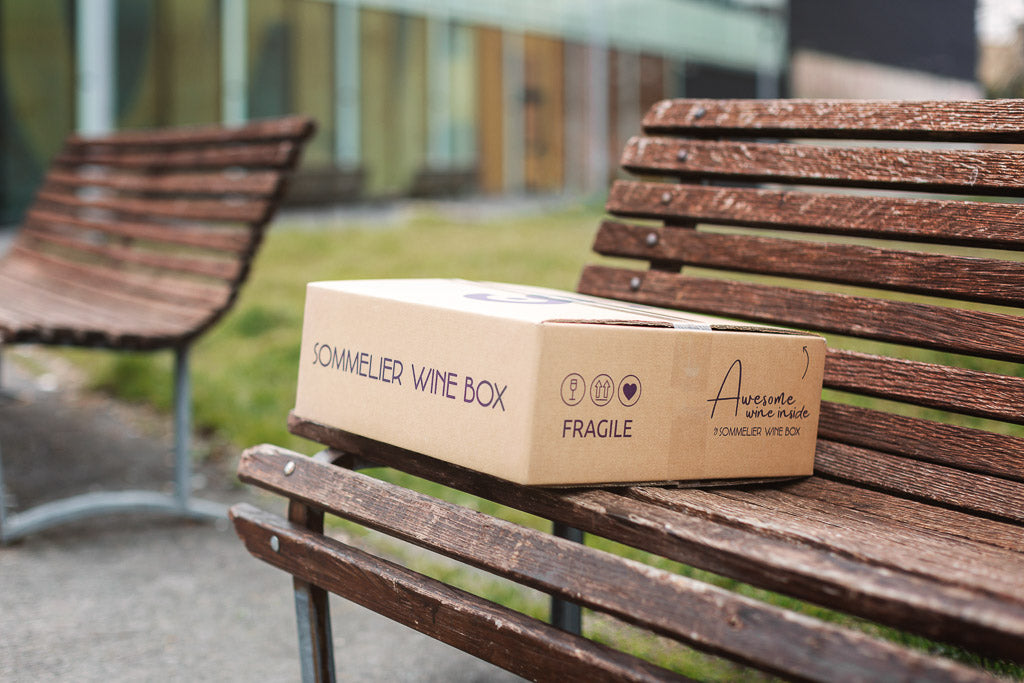France: Loire, a region legendary for its wines and castles. Let's see together everything there is to know about its wine heritage.
Along the 500 km of the Loire, the longest river in France, a vineyard winds from the ocean shores of Brittany to the inland area of Sancerre and Pouilly, immersed in a landscape embellished with beautiful castles, residences of the courts of the Kings of France which maintain their ancient charm, with gardens full of colors and unforgettable architecture.
Until the 20th century, this area was considered very interesting for the production of fresh white wines, but with subsequent technological advances, Loire wines have not been able to keep up with the times. Today, however, the choices of Loire vignerons are increasingly moving in the direction of attention and respect for natural balances and there is a great diffusion of organic viticulture. The world of enthusiasts is therefore rediscovering this region and its wines.
A bit of history on the Loire wine
In the Loire Valley we can talk about viticulture starting from the 5th century BC , thanks to the Romans who founded Paulica Villa, today's Pouilly-sur-Loire, and planted the first vineyards in Saumur and Sancerre. In the 12th century, white and red wines left the Loire for England and Flanders, but it was only in the late Middle Ages that Cabernet Franc and Sauvignon Blanc spread to the Loire Valley. The first sparkling wine from the Loire Valley was produced in 1811 , in Saumur by Jean Ackermann, which gave rise to the second French sparkling wine hub after Champagne.
The climate and territory of the Loire
The climate of the Loire is very varied: on the coast the temperatures are milder, the humidity is good but sometimes dangerous spring frosts occur, while as you move inland the climate becomes more and more continental, with summers short and warm, colder winters and increasing temperature variations. The soils are also very different from one area to another: they range from granites mixed with sand in the Muscadet area, to red shale and slate in the Anjou area, to gravel and sand in Chinon . And above all to the chalk of Saumur and Vouvray, which gives wines rich in minerality, and to the clay and chalk of Sancerre and Pouilly .
The vines and wines of the Loire
The winemaking tradition of the Loire Valley is tinged with white in all areas, except in the areas of Saumur and Chinon, where red wines take on unexpected importance. The white grape vines occupy over 50% of the 64,400 hectares of vineyard area. The most cultivated vine is Melon de Bourgogne , but the fame of the Loire Valley is linked to Sauvignon Blanc , which interprets the terroirs with olfactory and structural modulations that differentiate the various Sancerre and Pouilly-Fumé, different wines but both made from this same vine. The particular soils of these areas make the olfactory imprint of this vine unmistakable, which is expressed with different nuances according to its evolution. The younger and simpler Sauvignons offer hints of elderberry, citrus fruit and grapefruit above all, while the more advanced ones reveal a bouquet played on notes of flint and exotic fruit. Chenin Blanc is the vine grown in Anjou and Touraine, where it reaches great heights of quality, offering the wines a fixed acidity that favors good evolution. Resistant and versatile, it is used to produce both sweet and dry wines. Melon de Bourgogne (Muscadet) gives rise to wines with aromas of apple and iodine notes, slightly structured, which go perfectly with oysters and other seafood. Chasselas and Gros Blanc give very simple and not very fragrant wines. Among the black grape varieties, Cabernet Franc is the true protagonist and gives wines with a vegetal aroma of green pepper, accompanied by hints of raspberry. Equipped with structure and good tannins, these wines show a great predisposition for aging in barrique. Gamay adapts well to cold areas and always manages to express fruity notes and freshness. Cabernet Sauvignon expresses the typical qualities of structure and vigorous tannins, with fruity and vegetal hints. Finally, Grolleau is an indigenous grape variety used to create rosé wines with medium structure and good freshness.
The wine-growing areas of the Loire
The Loire Valley is divided into four main areas:
- Pays Nantais : in the area around Nantes Muscadet is produced, a vine that has found its ideal habitat in these sandy soils. Dry and delicately savory, it is a wine to drink young.
- Anjou-Saumur : an area particularly known for rosé wines, however whites also have their importance, in particular those based on Chenin Blanc from the Savennières appellation. Chenin Blanc in this area gives wines with minerality, freshness and complex aromas and a notable longevity that can reach tens of years of refinement in the bottle.
- Touraine : Proceeding west, you come across the Touraine wine area where white and red wines are produced. The climate of this area offers good growing conditions for red grapes such as Cabernet Franc . Touraine red wines are produced with pure Cabernet Franc or Gamay , although in many cases the use of Cabernet Sauvignon , Malbec (Côt), Pineau d'Aunis and Grolleau is also resorted to. The white wines are produced with Chenin Blanc , which achieves extraordinary organoleptic qualities: intense, mineral, structured.
- Sancerre : the vineyard is Sancerre is located on the right bank of the Loire river: here, the wine production is extremely interesting. In this area there are excellent vineyards, with soils composed of chalk and flint sediments. The area is suitable for the production of Pouilly-Fumè, a white wine from Sauvignon Blanc which has a light gold color with bright green reflections. The nose is superb, clean and fine, with characteristic mineral notes of flint and silica enriched by citrus aromas such as lemon and grapefruit.




